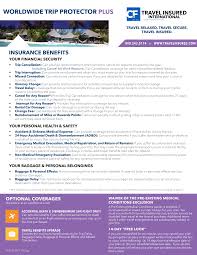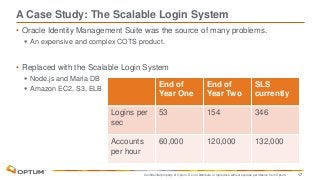
Health insurance is a vital aspect of compensation for many employers. For the past 10 years, however, these benefits have been increasing in price. These factors include rising deductibles and prescription drug costs, as well as the increasing cost of health system pricing. These trends are leading to rising premiums and lowering wages. Employers are becoming frustrated with the rising costs and administrative burdens. Others are seeking non-wage options.
Employers increasingly use wearable devices to improve their wellness programs. One survey revealed that 55% of employers have access to data from employees' wearable devices. Although the main driver of the market for health insurance is price increases, employers are now looking at other payment options to keep their employees healthy.
According to the Congressional Budget Office the number of Americans who will continue to receive health care through their employer-sponsored plans will be the same 159 millions in ten years. That means health insurance will continue to be a tax-preferred alternative. However, the cost of single coverage in 2019 will be higher than 9.86% of household's income.

Premiums are not just the cost of the health insurance, but also the cost of deductibles. About 25% of Americans have a deductible less than $2,000. This is the reason why many companies are opting for a self-insured plan, which is a way to reduce the overall cost of the benefits. The self-insured policy saves money when there are fewer claims. Employers are responsible for paying extra if the claim is larger than they expected.
Small group rates are determined by the age mix of the employees. For example, in Massachusetts, workers under age 25 pay an average of $1186 per year, while those over the age of 25 pay about $6,896.
Larger employers have more control over plan coverage. Most large employers offer a biometric screen to their employees. They also offer a wellness program and encourage employees to visit lower-cost providers. The public sector can also tailor their health care plans to fit employees' needs.
Employers with 51 to 100 employees will be moved by the Affordable Care Act into a merged marketplace for 2016 health insurance. These employers can expect premiums to rise by as much as 9 percent. States are required to establish a rate each year. Every year, those who don’t offer affordable plans will be subject to a $3480 penalty.

Small employers are required to contribute additional funds to subsidize workers' health insurance in order to comply the ACA. Massachusetts's example is Massachusetts. Employers are expected to contribute $50/year per employee.
Despite these requirements the number of companies offering health insurance is continuing to decline. After a decade-long period of rapid increases in benefits costs, many small businesses are becoming frustrated at the uncontrollable high cost. These rates of health insurance aren't increasing for most employers but some are still struggling with employees to keep them.
As unemployment remains low, so is the difficulty in keeping employees. Employers are facing a serious problem. Employers that don't offer their employees health insurance will face a $2320 per-employee penalty. In addition to the fines, COBRA is a law that requires employers and employees to provide continuous health care.